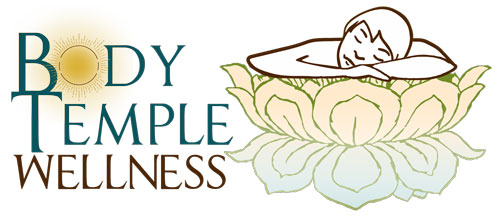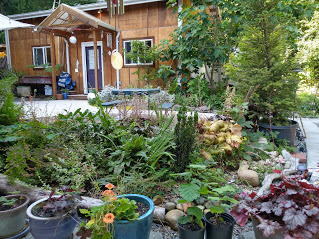Blog
Seasonal Allergies
Finally, we made it to spring. As I go for my morning walk I can see that the daffodils have bloomed and the catkins are forming on the hazelnut bushes and alder trees. We have a lot of hazelnuts and alders in our area and while it is exciting to see the first signs of spring emerging through the dark and overcast days, it also means that allergy season is just around the corner.
Beginning allergy prevention and support now before we get further in to the season can really pay off.
Within two weeks the pollen will be so thick that there will be a chartreuse coating on everything. It will coat windows, cars, picnic tables and our skin. It gets carried into the home on our bodies, our pets and enters through open windows, then distributed by the heating system.
Birch is also pollinating and making it hard for people that are sensitive to it.
It might be helpful to know that when a person inhales pollen, a histamine reaction usually occurs. The histamine levels are raised and inflammation is a result. This can simply involve the nasal passages, the entire ear/nose/throat system or manifest itself on the skin through hives or swelling. These are all common seasonal allergy symptoms but more serious symptoms are shortness of breath and asthmatic attacks.
It can happen with any pollen depending on the person. Birch, maple, alder, hazelnut and cottonwood are common heavy pollinators in my area. It is interesting to note that tree pollen tends to be much more aggravating than flower pollen. Because these trees are wind pollinators the size of the particles are smaller and airborne which makes it harder to avoid them.
Don’t be discouraged!
There are steps you can take to lower your pollen exposure. I use them for my own family. Vacuum at least weekly. But I would suggest vacuuming daily during the height of pollen season. It is fast and easy and really makes a huge difference.
I also keep the windows and doors closed as much as possible. Fresh air breezing through the house can be a wonderful thing but not recommended for someone with seasonal allergies. Airborne particles will get a free ride inside your home via an open window. So remember to keep them shut.
Those who know me well are not going to believe what else I am going to tell you to do. Or is that not to do? Do not hang your bed sheets outside on the clothesline to dry. As much as I love the scent of sheets drying by the sun and fresh air, they become nice big surfaces to catch pollen. The fact that they are wet makes the pollen stick even more. I hang ours indoors on drying racks during allergy season. This way you are not spending eight hours laying with your face on a pillowcase and sheets covered with pollen.
In addition, a quick shower before bed can be helpful as it will rinse the pollen from your skin and hair. This is one of the best things you can do as it will help prevent you from breathing pollen all night long and will better ensure a good nights sleep. Lots of rest will also support your immune system.
While you are in the shower I suggest using a neti pot. It can help to remove pollen from the nasal passages. Later, there will be a separate article on how to use a neti pot so stayed tuned.
Taking homeopathic remedies for seasonal allergies can also bring relief and, for most, will not bring on drowsiness. Many people also start taking Quercetin and Vitamin C at least three weeks before pollen season begins. Both of these supplements are anti-inflammatory as well as immune system supporting. However, you should check with your health care provider before taking either of these.
For many people, the contact that pollen makes to their skin can also be very irritating. I know this from first-hand experience. Using SongCroft Naturals Replenishing Skin Serum protects the skin by creating an environmental barrier from pollen and environmental toxins. Protecting yourself by using a moisturizer every day will help with seasonal allergies.
Spring is a wonderful season full of new life and energy. I hope this article helps you enjoy it a little more.
*This statement has not been evaluated by FDA. This product is not intended to diagnose, treat, cure or prevent any disease.







Leave a reply